The Boeing 787 Dreamliner is generally accepted as the aircraft with the largest windows for passengers in the industry. While this may be currently true, other aircraft featured a more generous size for their viewing ports in the past.
When it comes to windows, bigger is better as far as I’m concerned. Not a lot beats peering out the window of your jetliner on a clear day or night watching the world go by.
Who Has The Largest Windows?
Passengers in the 1950s were truly spoiled, especially when they rocked up to the gate and found a Vickers Viscount waiting for them. The British turboprop sported elliptical windows that were 19 x 26 inches (48 x 66 centimetres), pretty impressive! Its larger brother, the fast Vickers Vanguard, also had the same ones.
Rounding Out The Top Six Are…
Windows on the Douglas DC-8 were 17.13 x 20.63in (43.5cm x 52.39cm), which win the title for jet airliners. These were spaced 40 inches apart to match the seat pitch of the day. Later on, their DC-10 and MD-11 had far smaller ones at 9.8 x 15.7in (24.89 x 39.88cm), which are actually slightly larger than the Boeing standard of the time.
And What About The Rest?
The Boeing 707 and Boeing 720 windows were 9 x 12.5 inches (22.86 x 31.75cm). It is interesting to note that the 707-120 and 720 had an option to have larger 10 x 14 inch (25.4 x 35.56cm) windows, which only American Airlines took advantage of.
Overall Thoughts
I think I’d rather like to fly on board a Vickers Viscount just to check out the view from the enormous windows, the most generous in the sky. Considering how passengers reportedly flocked to fly on the plane, I think everyone really enjoyed them.
One day I wish the world would standardise on measurements. It’s not fun having to convert all the imperial measurements so that most of the world will understand what I am on about. For that matter, someone would do a great service to put together scale drawings of all the various windows for easier comparison!
Have you ever noticed which plane has the largest windows on a flight before? Any corrections or additions to the info presented here? Thank you for reading and if you have any comments or questions, please leave them below.
Like planes? See my “Does anyone remember” series.
Flight reviews your thing? Mine are all indexed here.
Follow me on Facebook, Twitter and Instagram.
Featured image via Destinations, Detours and Dreams.
Douglas DC-8 by Clint Groves on airlinefan.com via Wikimedia Commons.
Air France Comet 1A via BBC News.
East-West Fokker Friendship by Daniel Tanner on Airliners.net via Wikimedia Commons.
Aer Lingus Viscount by Ralf Manteufel on AB Pic via Wikimedia Commons.
A330/340/350/787 comparison diagram via Quora.
787/777X/A350/A330 comparison via Reddit.
Concorde window and Passport by Chris McGinnis via Travel Skills.



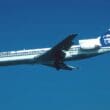
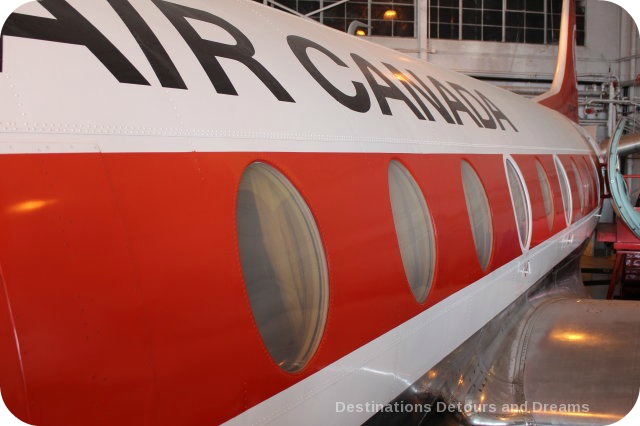
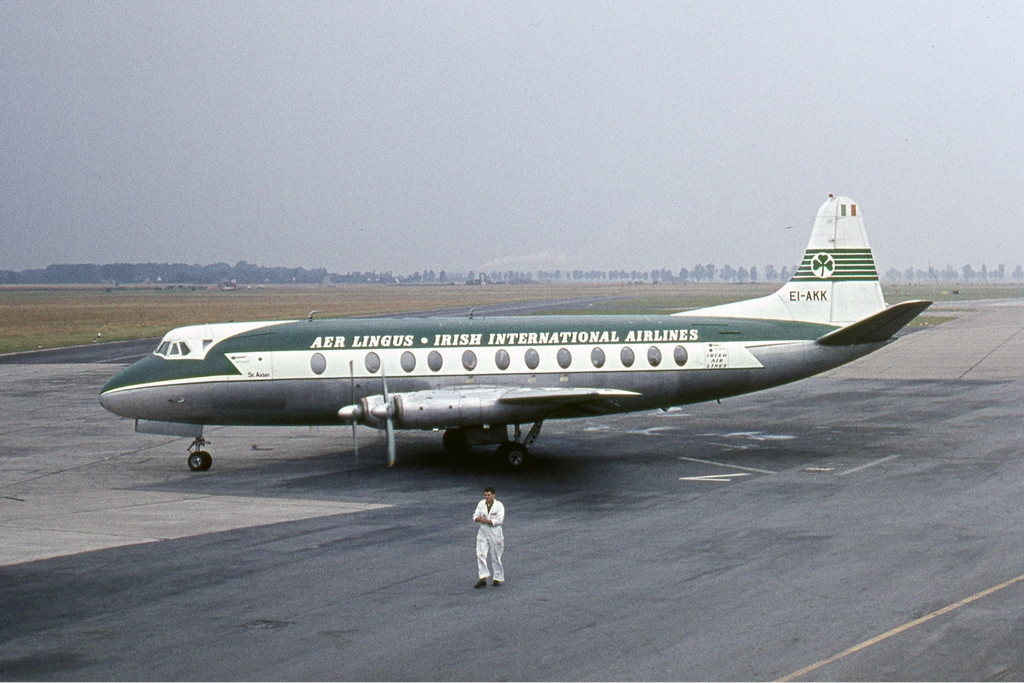
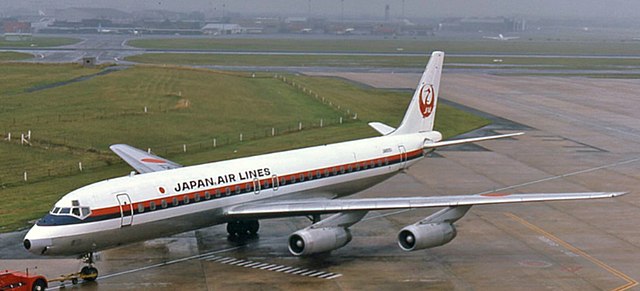
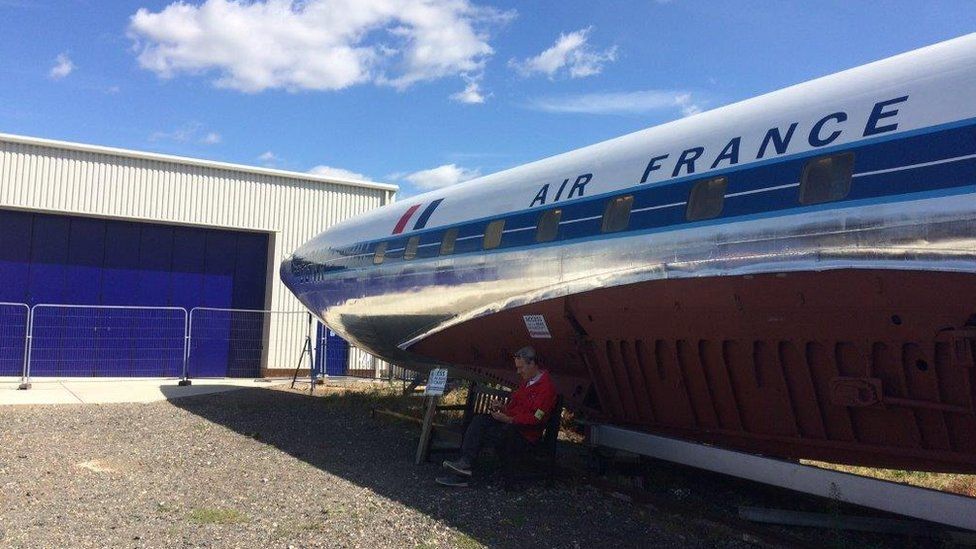
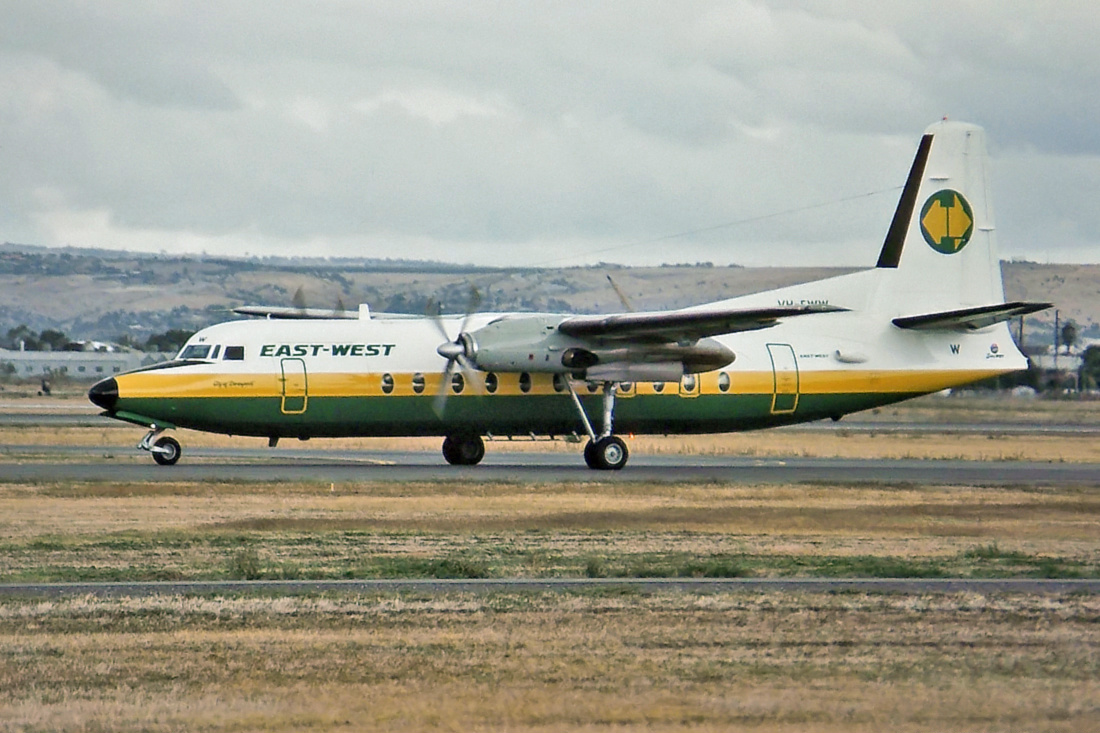
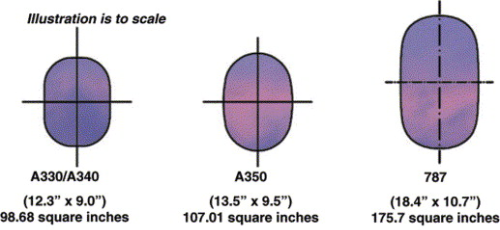

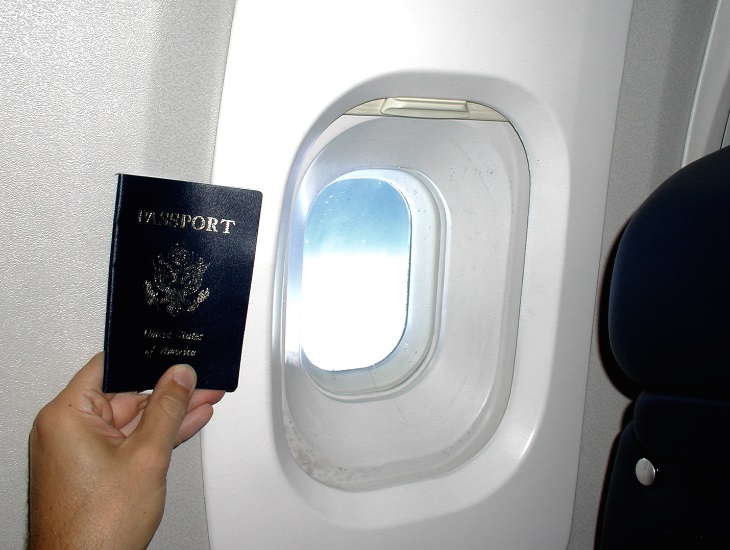


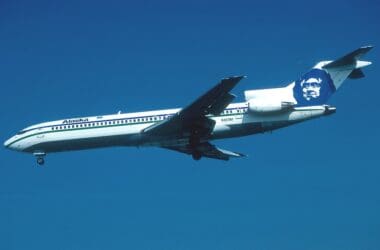
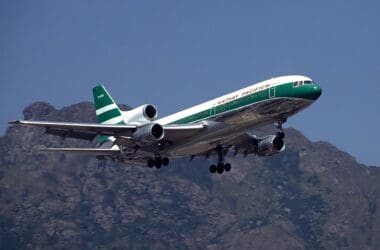
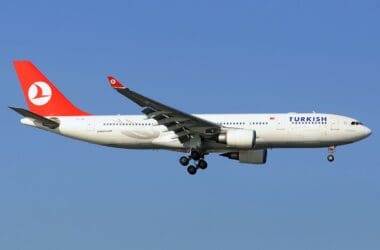
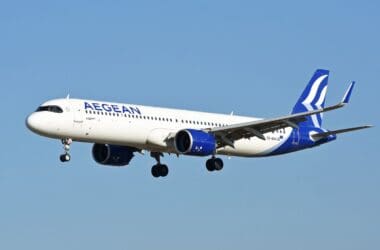


A320 family windows was not mentionned. is it 9″x13″?
Do you have also an idea of Embraer windows size?
Any aircraft not mentioned I had no information for. The Airbus A320 series windows are smaller than the Airbus A330/340. You can see it in this picture.
For the Embraer, same story. However, the Embraer window is 5% larger in AREA than the Bombardier CSeries/Airbus A220 window. The dimensions, I do not know. If you find this information, do let me know and I can add it to the article.
What about A380 windows dimension?
I wasn’t able to find this information. Generally smaller than Boeing equivalents seems to be the verdict, but I don’t actually have the dimensions anywhere. If you find them, please let me know!
I’ve just recently begun watching the “Air Disaster” series on the Smithsonian Channel, and your window size discussion brings a question to mind. How does the size, shape, number, configuration, etc, affect the sturdiness of the airframe, if at all?
It doesn’t at all, as the airframe is designed to retain it’s integrity with the cutouts. The only aircraft where the windows had a detrimental effect was the de Havilland Comet as metal fatigue wasn’t completely understood at the time. There are implications with larger windows which is why most are relatively small. It’s a good series to watch, that one – I’ve seen many of them. They present the facts quite well and without too much drama, if it’s the one I’m thinking of (it’s called Air Crash Investigation).
Flew on a ANA Vickers Viscount on a route over the inland sea in Japan in 1968. At half the altitude of the jets those great big windows were amazing to watch the gorgeous scenery below go by. A truly memorable flight from my childhood days!
Wow, that sounds like a wonderful experience! Certainly sounds pretty memorable to me… not jealous at all 😉
Although not technically an “airliner”, the Gulfstream’s have 28″ wide windows if I remember correctly?
Oh, I wouldn’t know! I will have to have a look… I don’t know a lot (read: anything) about business jets.
Didn’t make the list but the triangular windows on the Caravelle seemed bigger to me, probably an optical illusion. But oh, I remember the F27’s. Well, FH-227’s. I only flew them over Illinois and Missouri, but those things had a VIEW. Not that farmland is all that spectacular, but the little towns I flew over, I could see the Golden Arches of McDonalds…so there’s that I suppose.
The only reason the Caravelle is not on the list is because I couldn’t find a measurement for them. They are also fairly large, but would have less overall area due to the shape. Hey, it doesn’t matter what is below, it’s the fact that you’re in the air seeing something so cool that is the point 🙂
The triangular windows maximized view with minimum window area. Passengers look down more than up.
I flew on Concorde. The windows reminded me of the small windows in current airliner doors. Just enough to see out, they got very warm in cruise and smelled slightly of burning plastic. It was an avgeek type charter flight. One guy worked on the airframe design and said if a window failed during supersonic cruise the airframe would rapidly disintegrate.
Yes, I thought that was quite smart when it came to the Caravelle windows. It certainly was a good looking aircraft. Nice that you got to go on Concorde – I had heard they got pretty warm during flight. I believe the nose was over 100C during supersonic cruise too, so perhaps that’s not too surprising. Thanks for the comment!
I do recall the nice, big windows on a UA DC-8 70 series in the early 1980s. The windows seemed so much bigger than on the 727s, 707s and DC-10s that I had flown previously.
Looks like they really are that much bigger. I never knew the were until I was researching this piece. Thanks for the comment!
I recall those windows, on the one time I flew a UA DC-8, from HNL to ORD. We hit severe turbulence right after the meal service and people were puking all over the place, by the time we got to ORD even the FA’s were green in the face. But the view was awesome.
That sounds memorable! Luckily it wasn’t during the meal service or it would have been a whole lot messier and more dangerous, I guess. I’d love to have flown on board a Douglas DC-8! But alas, that ship has sailed…
It was actually one of my favorite flights because it was horrid. I’m sorta weird that way,
I can understand that 🙂